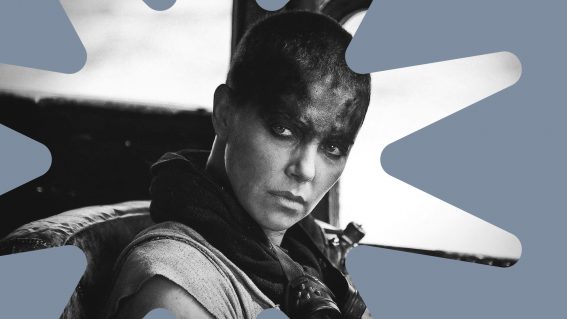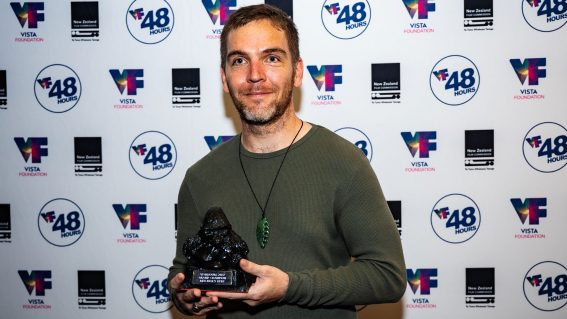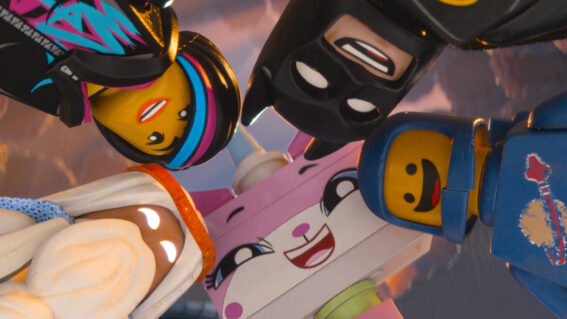The Texas Chainsaw Massacre timeline is a bloody mess – but it’s all part of the fun
Never, not once, has a TCM sequel lived up to the original…but Netflix is stepping up to try anyways.
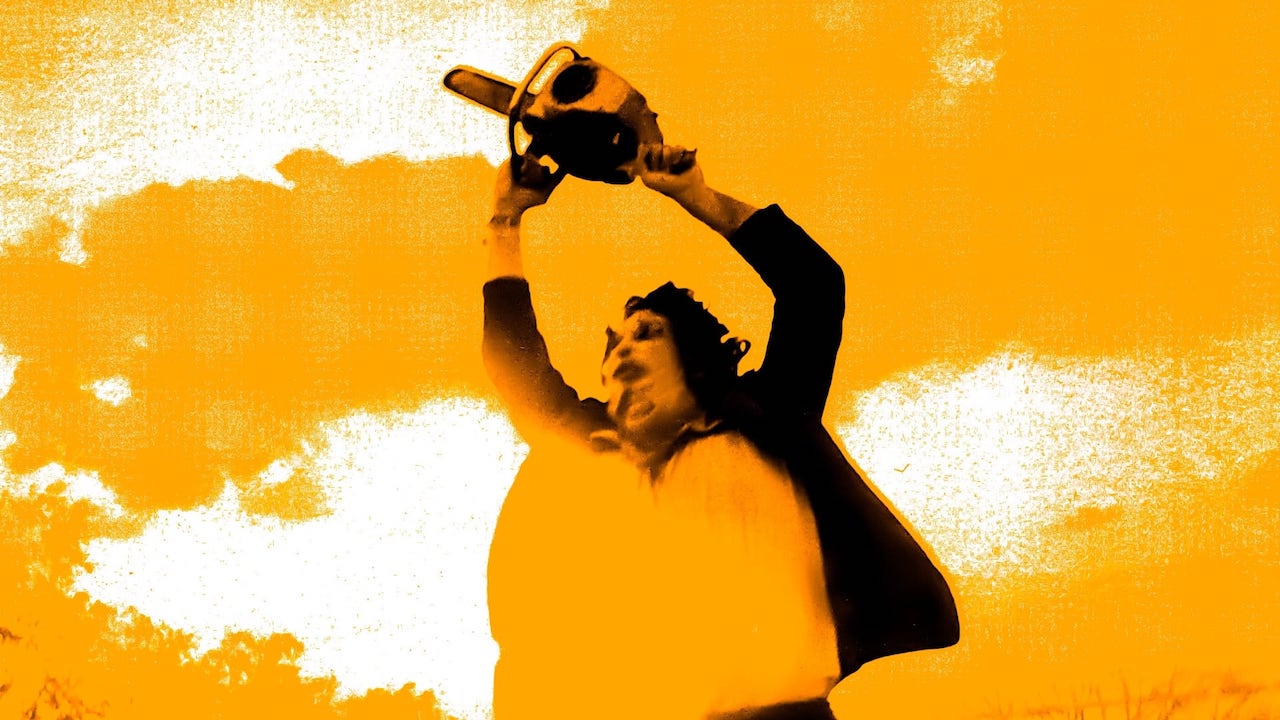
Rory Doherty hacks away at the bewildering timeline for the iconic horror franchise, which has a history of tripping up over itself again and again. Netflix’s new entry will add to the fun—and confusion.
Texas Chainsaw Massacre (2022)
In 1974, terror hit America. The Texas Chain Saw Massacre (sic) wove a blood-curdling tale of sweat, violence and nightmares. Its story of five youngsters getting slain by a family of Texan cannibals shocked and unsettled audiences over the globe—so much so that in the UK, the BBFC banned it after an initial London release.
Its fear factor was less to do with its gore (of which, censors soon found, there was surprisingly little) and more with how it made audiences feel. Its low-fi style and raw intensity makes it seem like a film we shouldn’t be watching, as if all its gruesome murders were not fictional but real, insidiously recorded onto celluloid by the psychopathic family at its centre.
That’s not to say the film isn’t well crafted; director Tobe Hooper’s shot composition and camera movements at times feel blisteringly modern, always finding striking ways to frame the barbarism on-screen and building a sweltering feeling of dread throughout. The Texas Chain Saw Massacre feels like a perfect mix of an art film and a snuff film, if such a mix can ever be called “perfect”. It offers a treatise on the effects of being exposed to terrible violence—a prescient offering for audience at the tail end of the Vietnam War.
But this violence wasn’t in a foreign country: it was in the backroads of the country’s largest state, isolated enough for your cries of help to never find someone’s ears. The film said “watch out on the roads, because something like this can and does happen.” It was an injection of powerful, unfiltered terror.
And every time they’ve tried to keep the engine revving, they’ve bungled it.
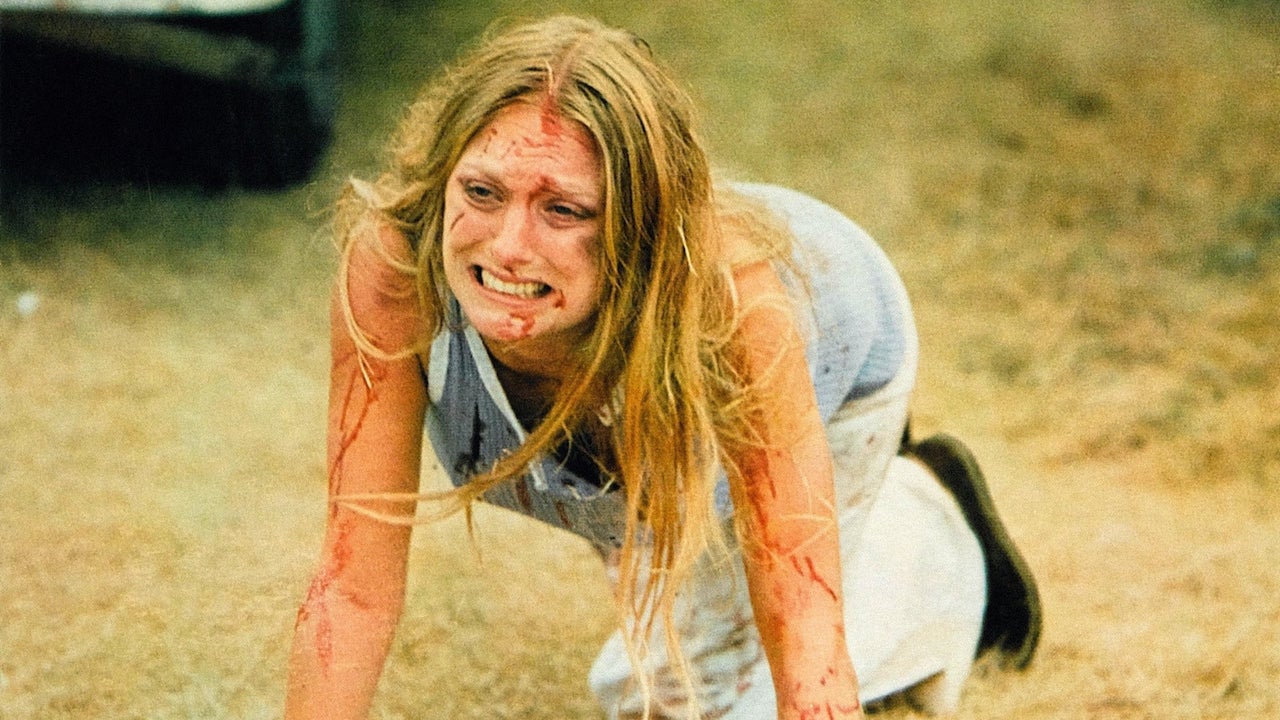
The franchise’s original timeline gets massacred
It’s worth breaking down the direction(s) the franchise has taken. For reference, these two articles by Colin Henderson and John Squires were instrumental to me wrapping my head around the timeline. In 1986, Tobe Hooper returned for the anarchic, outright comedic, but blissfully straightforward sequel, The Texas Chainsaw Massacre 2. Dennis Hopper embarks on a mission to slay the cannibalistic family and by the end largely succeeds, including dealing Leatherface (the series’ primary antagonist) a blow to the gut with a chainsaw. Here’s where it gets complicated.
TCM 2 names the cannibal family as the Sawyers, while Leatherface: The Texas Chainsaw Massacre 3 suggests (in a title crawl) that a W.E. Sawyer was an alias of Leatherface—although it may be an alias of Drayton, the part-time gas station owner and full-time cannibal father in the first film. This marks the beginning of the Sawyer family expanding, being killed and reappearing. But in the grand scheme of things it’s unimportant, especially with the arrival of The Texas Chainsaw Massacre: The Next Generation (cue Star Trek music).
This one is universally reviled, despite having early career performances from Matthew McConaughey and Renée Zellweger. W.E. is in the film, but the events of the previous films are referenced only in passing, so the connections are tenuous. Also, it’s revealed that a secret organisation (who the TCM Wiki refer to explicitly as the Illuminati) allow the family (now called the Slaughters) to murder hapless victims so they can measure people’s fear and control them. For our purposes, this is unimportant: but for every other purpose, this is completely insane.
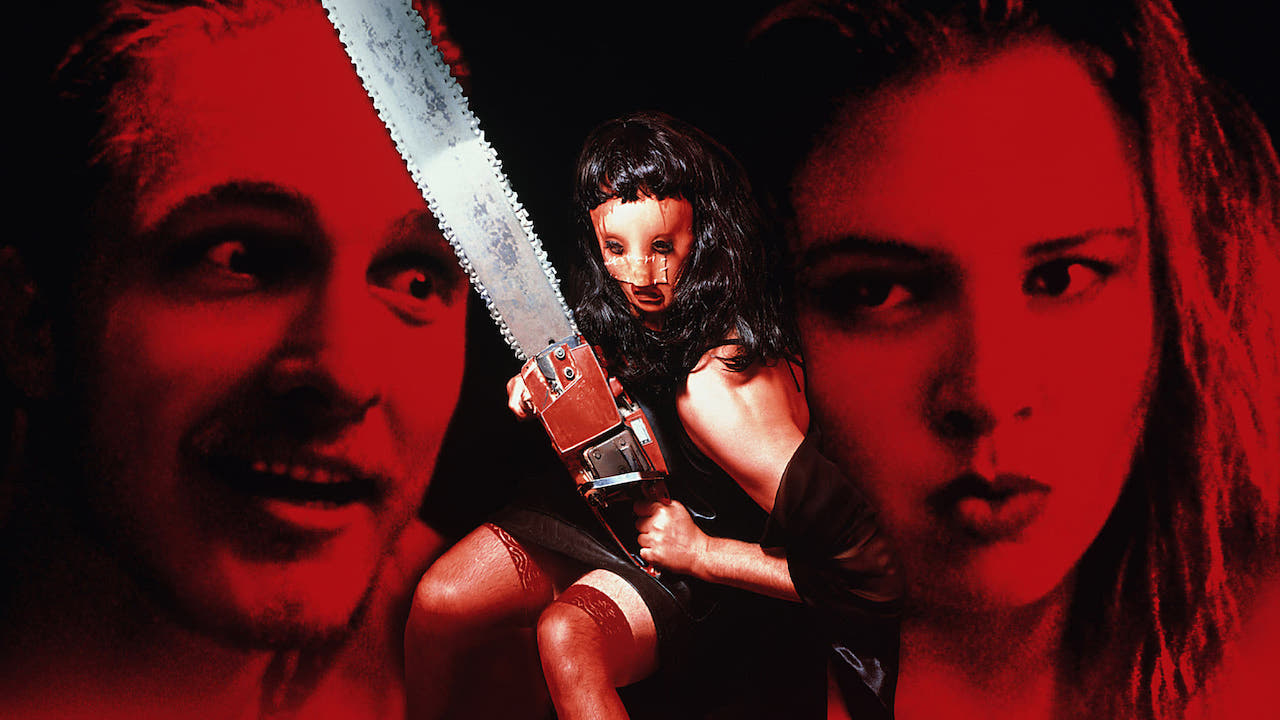
TCM historians have posited that Leatherface and The Next Generation exist in their own separate timelines, and should be treated as quasi-reboots of the franchise. This is, to me, a coward’s solution. They clearly want to reset the franchise’s momentum with a dismissive attitude towards the canon of the prior movies, but there’s crossover details that feel too specific to denote them as hard reboots.
Sequels, prequels, and “requels” all the way down
They don’t matter, of course, because then came the 2000s, and the new trend in horror became flat-out remakes. 2003’s The Texas Chainsaw Massacre thankfully exists in its own separate timeline, running parallel to our main, bloated one—and it got a prequel a few years later, TCM: The Beginning. The franchise is now three decades old, and all efforts to build a cogent story are abandoned; it’s just increasingly inane cash-in attempts from here on out.
Texas Chainsaw 3D marks a shifting point in the canon. The only sequel since TCM 2 to involve Tobe Hooper (here as a producer), it disregards all previous entries and sets itself out as a direct sequel to the original. In an act of seismic retconning, it turns out the Sawyers had loads more family members who we just didn’t see in the original, but in 3D’s opening they are all slain by angry townsfolk for their crimes. In the present day, a young woman finds out her lineage to the Sawyers and sets out on a mission of vengeance for her family’s murder.
After that, we’re treated to an origin story of Leatherface in Leatherface (not to be confused with Leatherface: TCM 3), wherein psychiatric patients go on the run and the audience tries to figure out which character will eventually have a face of leather. Both Leatherface and TCM: The Beginning are prequels, but prequels to two different films…and Leatherface is only a prequel to the original film in the timeline where its only sequel is Texas Chainsaw 3D.
Following? If you aren’t, it doesn’t matter. This month’s Texas Chainsaw Massacre for Netflix is another do-over, co-written and produced by Don’t Breathe director Fede Álvarez. Following in the footsteps of the recent Halloween films, TCM 2022 is what the latest Scream film dubbed a “requel”—a part-reboot, part-sequel that’s become all the rage in Hollywood. Like Halloween and Terminator before it, this film ignores all previous entries and tells a direct sequel to the original.
The problem is, with a butchered, disfigured franchise like TCM, all possible ways of elaborating on goodwill for the original have already been attempted, leaving the whole enterprise feeling more lacklustre than terrifying. After so many do-overs, extensions and retractions, what was interesting and compelling about the story has become so diluted that the audience’s capacity for dramatic investment has softened to the point of ineffectuality. Why should we care about this film, if they’re just going to disregard it the next time?
What canon will survive, and what will be left of it?
It could be argued that, for the TCM franchise, the preservation of canon is not relevant. In general, story is not why people watch these films: they exist for audiences to experience extremities of emotion, to find thrilling the excessive depravities of human nature in a morbid but harmless way. This isn’t Star Wars, Terminator, X-Men, or any other similar plot-driven property. So what if the details don’t line up? The original always felt more like folklore: a terrifying tale speculating on what terrors lay in abandoned small towns, rather than a detailed narrative meant to be enshrined or rigorously fawned over.

But that’s exactly what these new films do. We’re living in a new cultural wave where the original films in stagnant franchises are deified, and in order to keep an audience’s interest, all failed attempts to capitalise on something original are sheepishly dismissed. TCM, Halloween, Terminator: new entries attempt to make themselves feel definitive and legitimate because they have the power to write off what’s come before whilst creating a direct, unbreakable lineage to something we know is good.
If only two films exist in a timeline, it’s more likely to be a successful story as opposed to one with five poorly received attempts. But it’s still a cheap, lazy way of clouding a cheap, lazy franchise. There is nothing more legitimate about this reboot than the several that came before. Apologies if we’re not hooked by the promise of “this time, we’re going to capitalise on the original rights.”
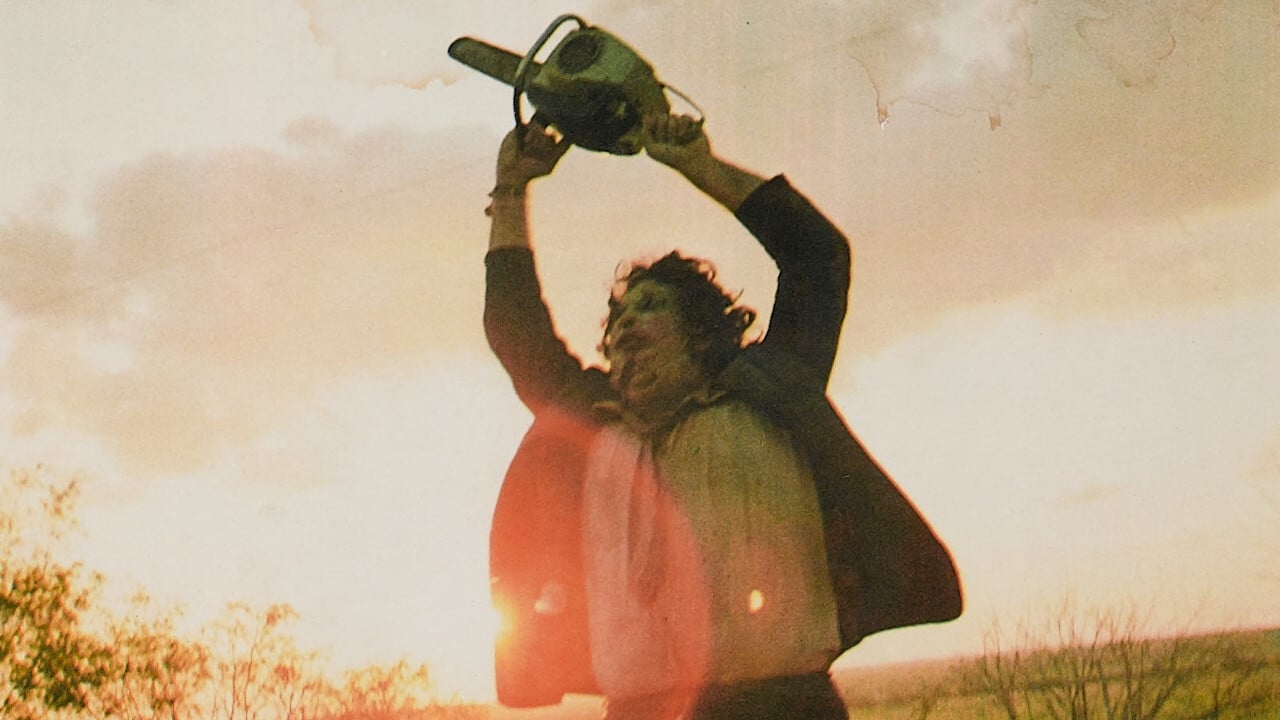
The messiness is fun. A self-contradicting franchise that keeps tripping up over itself captures the nightmarish confusion of the original better than any soulless attempt to cash in on “legacy”. If the only way you’ll make a new TCM film is by ignoring the fact that never, not once, has a sequel been able to live up to the original, you should have realised that there’s not much point going down this road.
Instead, try and create what the original meant to audiences: a cultural shifting point, one challenging and unsettling, that changed the way we thought of cinematic fear. There are 49 more states and a smorgasbord of other edged weapons. Pick one and start from there.
Texas Chainsaw Massacre (2022)

















